Retrospective. On the centenary of his birth
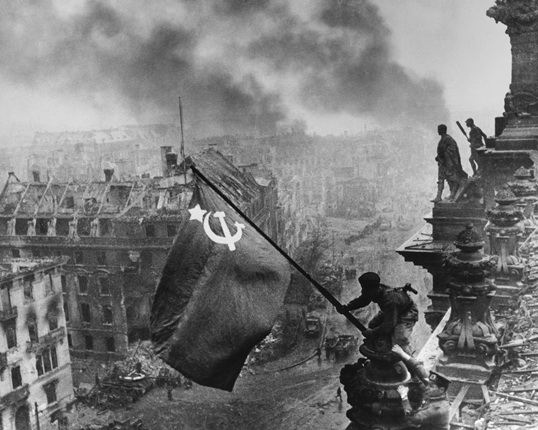
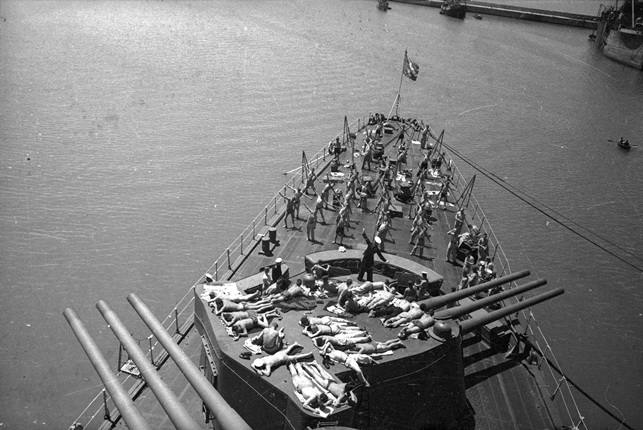

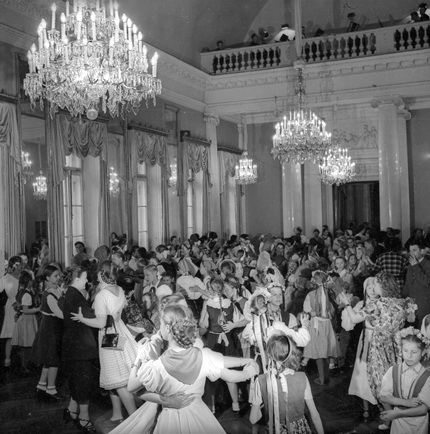
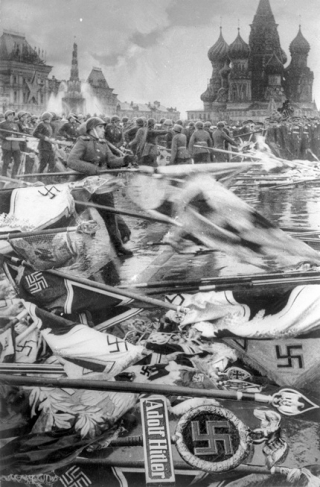
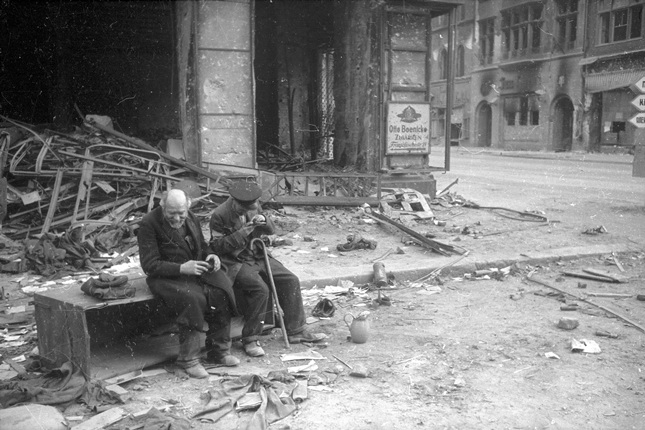
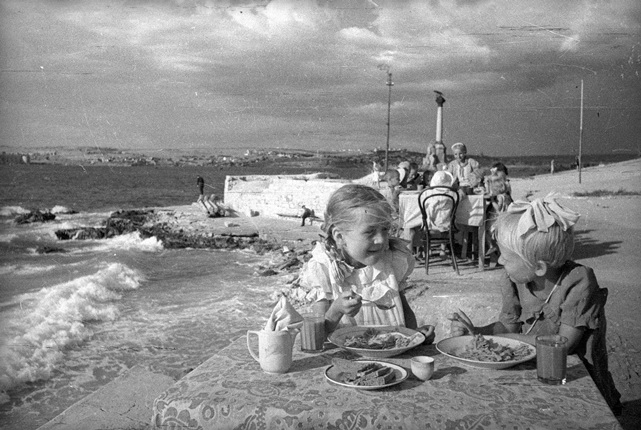
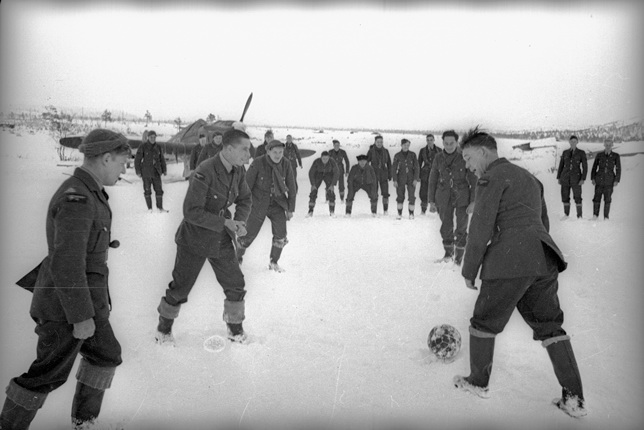
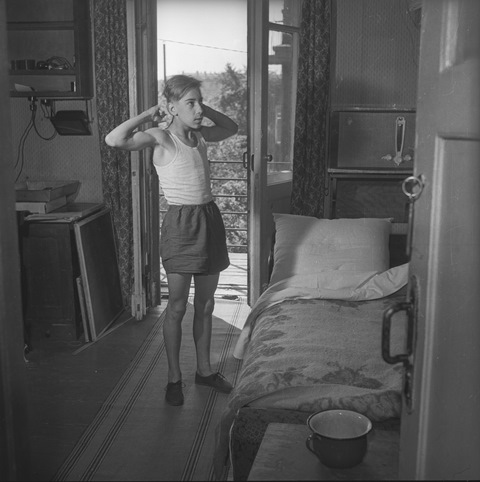
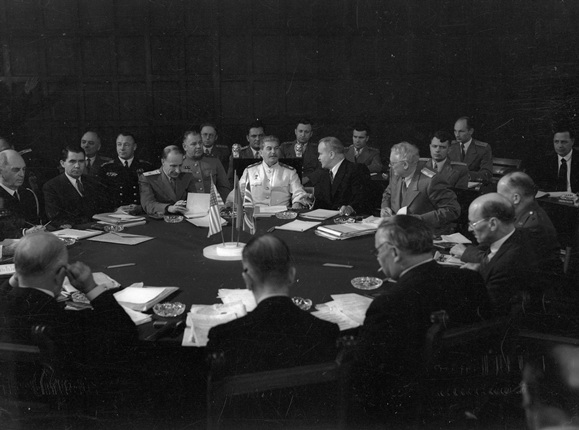
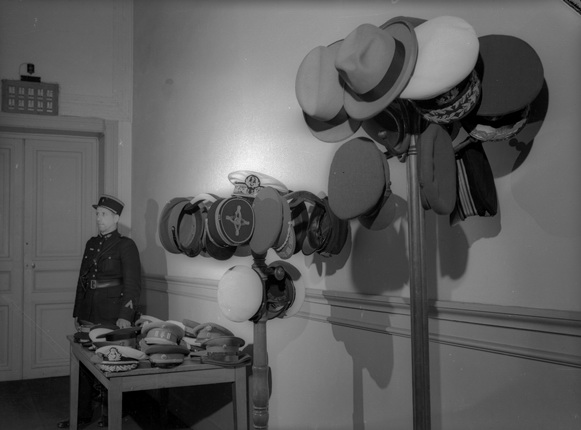
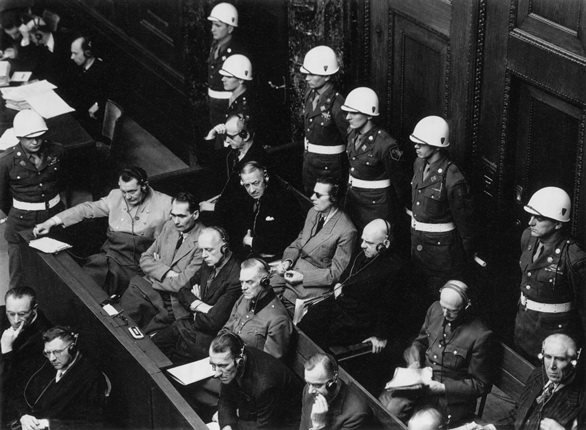
Banner of Victory over the Reichstag. Berlin. 1945
The sailors sunbathe on the deck of the Molotov cruiser. Sevastopol. 1944
Priest Lomakin on the background of St. Isaac's Cathedral. Leningrad. 1945
Dancing in the House of Culture. Leningrad. 1945
Soldiers throw Hitler's standards. Victory parade. Moscow. June 24, 1945
"Why the war?" Blind with the guide. Berlin. 1945
Lunch in the kindergarten by the sea. Sevastopol. 1944
Friendly football match between Soviet and British pilots. The Arctic. 1942
Neighbor Vovka. Morning in Moscow. 1956
The Potsdam Conference. July. 1945
Headdresses of participants of the Potsdam conference. July. 1945
War's criminals at the Nuremberg Trial. Nuremberg. 1946
Moscow, 6.04.2017—16.07.2017
exhibition is over
Share with friends
Curator: Sergey Burasovsky
For the press
As part of the 10th Moscow International Biennale ‘Fashion and Style in Photography 2017’, Multimedia Art Museum, Moscow presents the first large-scale retrospective of iconic Russian photographer and outstanding Soviet photojournalist Yevgeny Khaldei, to coincide with the centenary of his birth.
The Moscow House of Photography first mounted a solo exhibition by Yevgeny Khaldei in 1997, 20 years ago, and since then MAMM has always featured images by Khaldei from their own collection in any exposition devoted to the Second World War, including ‘1418 Days’ (2005) and ‘Dedicated to War Photographers: The Land of Victory’ (2015), exhibition projects that the museum has worked on since 1997 as part of the programme ‘The History of Russia in Photography. Photo Chronicle of Russia’, as well as in the joint exhibitions of classic Russian photography that MAMM has for many years displayed in Russia and abroad.
The photographs of Yevgeny Khaldei are familiar to everyone. Particularly the image entitled ‘Flag over the Reichstag’ from May 1945, which became a true symbol of Victory, and the celebrated ‘First day of war’, taken in Moscow on 22 June 1941. Khaldei’s pictures from 1941 to 1946, charting the war from Germany’s declaration of hostilities against the USSR to the Nuremberg Trials, have become classics of global photo reportage and are circulated worldwide, frequently being used as illustrations in a huge number of textbooks and encyclopaedias.
Naturally these pictures can be seen at the exhibition, but on this occasion MAMM focuses on the post-war period of Yevgeny Khaldei’s work, a time related to his collaboration with the newspapers Pravda and Sovetskaya Kultura. The exposition will showcase unique photographs from the MAMM collection, many of which the public will see for the first time.
Yevgeny Khaldei was born in 1916 in Yuzovka, Ukraine, a small town of miners and metallurgists. At that period war was raging on the western outskirts of the Russian Empire. In the Jewish pogrom two years later his mother was killed, but she managed to shield little Zhenya with her own body and he survived with just a bullet wound. His grandmother nursed him and brought him up. The household paid strict observance to Jewish traditions and attended a synagogue, so Khaldei received a rather conservative religious upbringing during the relatively liberal years of NEP.
At that time the Kleiman brothers had a photo studio in Yuzovka and their business associate was a neighbour of the Khaldei family. The inquisitive boy would help him wash the finished prints. It was then that Zhenya made his first camera from two cardboard boxes placed together, with his grandmother’s eyeglass serving as a lens. From the neighbour’s balcony the boy photographed the town church on a glass plate, developed the cassette under his bed and printed it on photographic paper for daylight processing. Shortly afterwards the church was blown up. The picture he had taken was a rare testimony to its past existence.
Yevgeny Khaldei finished his schooling after the 4th grade in 1930, and by adding another year to his age found work in a factory. With a one-year loan he obtained a real camera, the Fotokor-1, and started photographing with abandon. His picture of a gasholder with a worker in the foreground caught the attention of the factory newspaper editor, who offered the boy a job: he would deliver newspapers to the factory’s workshops, and at the same time photograph model workers.
In 1933 Khaldei was offered a position at the evening newspaper Stalinist Worker, and then at Socialist Donbass, one of the best Ukrainian newspapers. He also began sending pictures to Soyuzfoto, the main USSR photo agency. A small miracle occurred when Khaldei was sent on a course to improve his qualifications (this was a period when everyone was being trained, and a popular photo essay of the time bears the title ‘The Country is Learning’).
The agency liked his images and he was engaged as staff photographer at the age of twenty. TASS Photo Chronicle dispatched Khaldei to Yakutia in the summer of 1937, his first serious travel assignment. Subsequently the assignments followed one after the other: to western Ukraine and Belorussia, to meet the lumberjacks of Karelia, and then to military manoeuvres commanded by Marshal Timoshenko. But Khaldei studied the art of photography on his own, learning from the best shots in the magazines USSR in Construction or Ogonyok and carefully observing how his more experienced colleagues worked.
Early in the morning on 22 June 1941 he returned from yet another trip and received an urgent summons to the editorial office; there he heard that war had been declared. An hour later Khaldei took his first war photograph: anxious Muscovites crowded round a loudspeaker that reported the treacherous attack by fascist Germany. This began his photo chronicle from the first day of the conflict to the last, when he took his shot of the Victory Flag hoisted over the Reichstag.
In the four years of war Khaldei became a master able to tell an entire story with one picture. Often asked how he took a particular picture, he felt at a loss to answer: ‘How did I do it? With my heart and soul.’ He added: ‘I always tried to take photos so that people would find them interesting, today, tomorrow and the day after.’
Khaldei maintained that he never encountered any manifestations of anti-Semitism, either before or during the war. However, the all-Union campaign against cosmopolitanism began in 1948, and Yevgeny Khaldei fell victim to staff reductions at TASS Photo Chronicle.
For two years he had no regular work and made ends meet with odd jobs before finding employment with the trade union journal Klub, where he photographed various cultural events and amateur artistic performances. During Khrushchev’s Thaw in the 60s he finally obtained interesting work at VOKS, the All-Union Society for Cultural Relations with Foreign Countries. Khaldei also began working at Pravda, seeking out former front-line combatants who had featured in his pictures and photographing them again, to extend his photo chronicle of the war. In the 1970s he started collaborating with Sovetskaya Kultura.
He travelled extensively all over the country, organised exhibitions about the war, gave lectures for amateur photographers, shared his experiences and continued to take pictures and print images from a vast archive spanning more than half a century of Soviet history.
In the 80 years of his life (Yevgeny Khaldei died in 1997), 65 were devoted to photography. We can study the history of a country that no longer exists in the world atlas by looking at Khaldei’s photographs. During celebrations for the fiftieth anniversary of the Victory over Nazism, newspapers and magazines worldwide printed Yevgeny Khaldei’s famous images of the war and books of his photographs were published in Berlin and Vienna. Solo exhibitions of Khaldei’s work have proved highly successful, both in Europe and the USA. In 1995 Yevgeny Khaldei was awarded the title Knight of the Order of Arts and Literature at the International Festival of Photo Journalism in Perpignan (France), with a special commendation by the French President.
Corporate trustee МАММ
General information partner
General radio partners |
Strategic information partners |
Special media partner
Information partners





